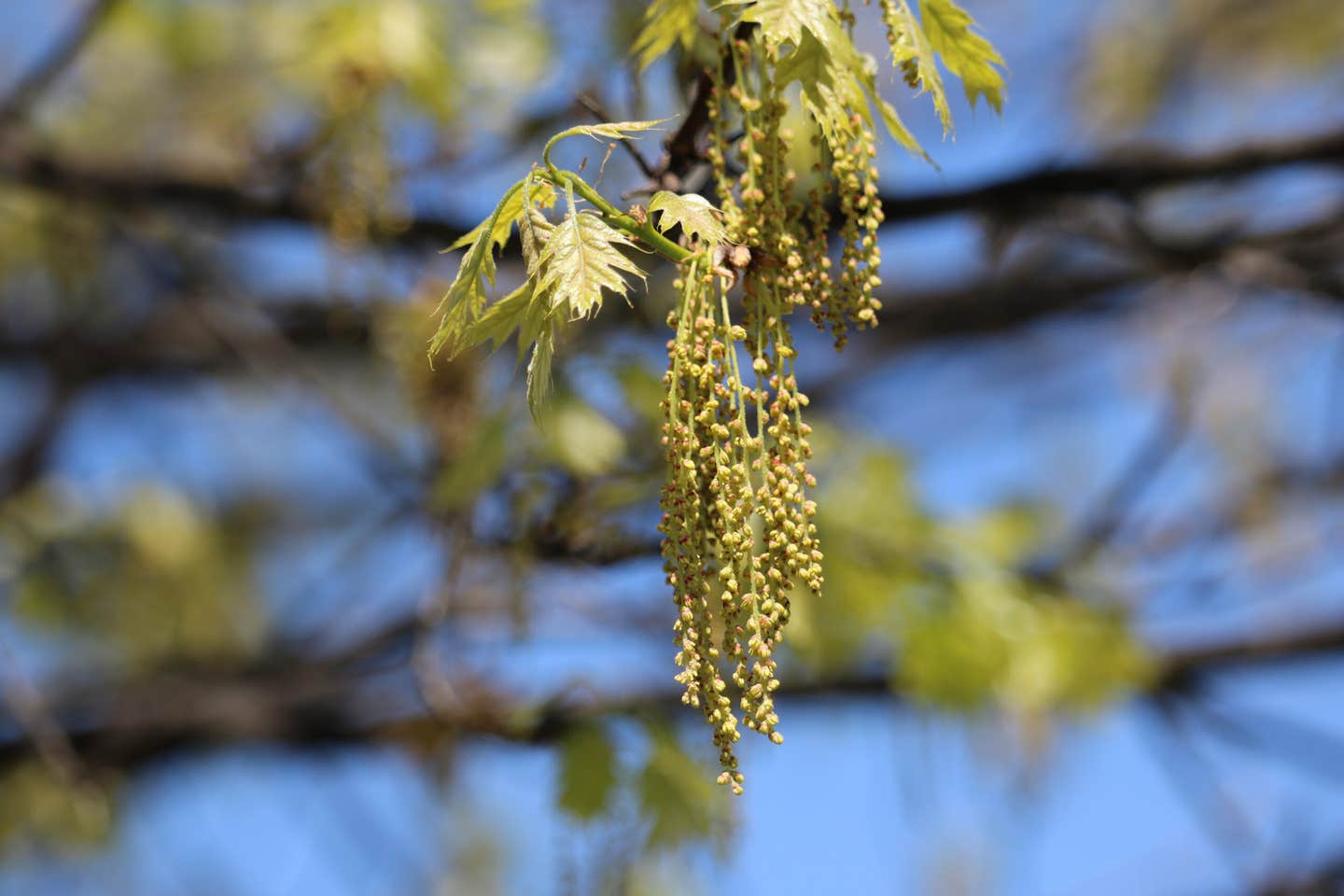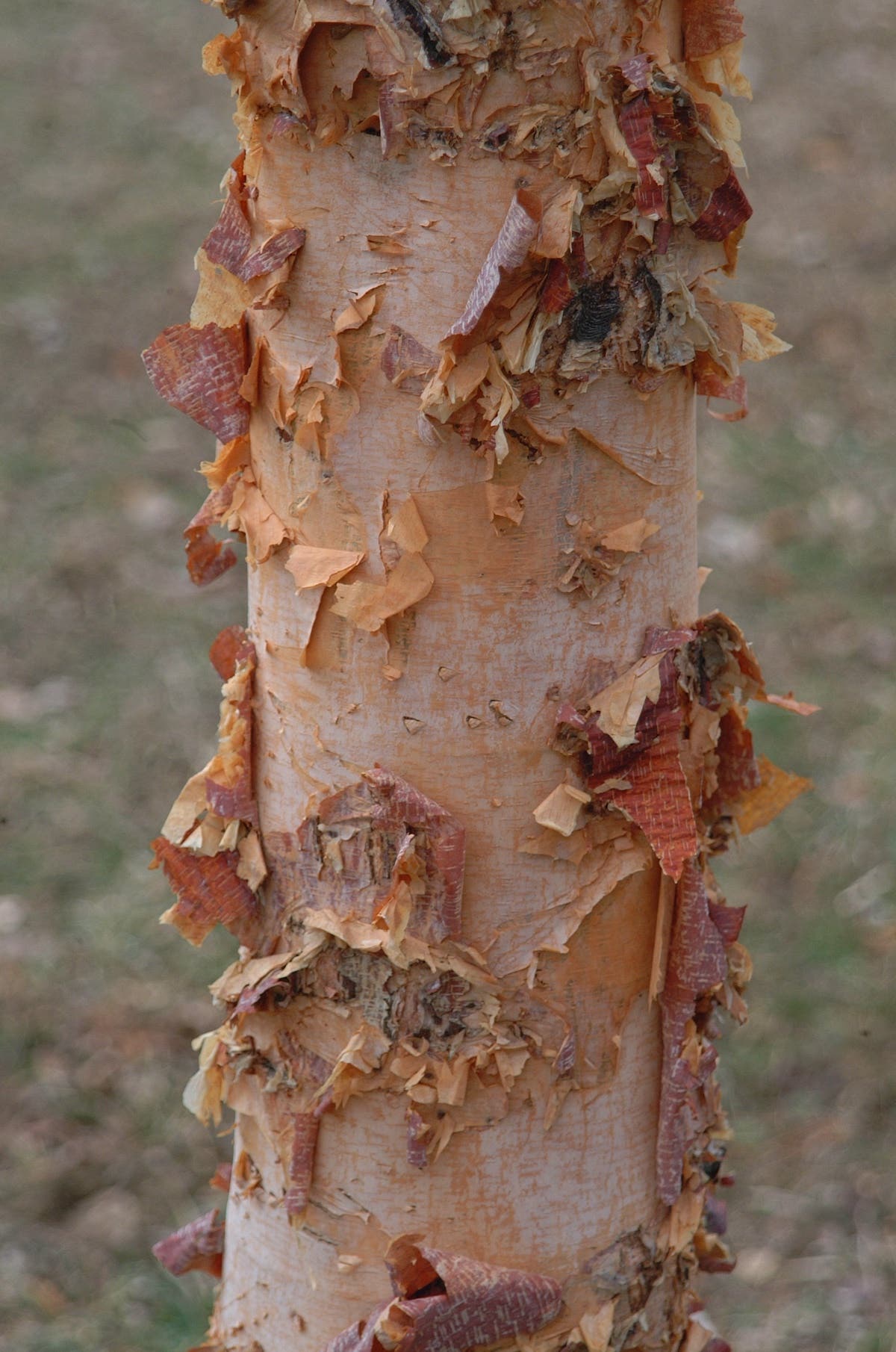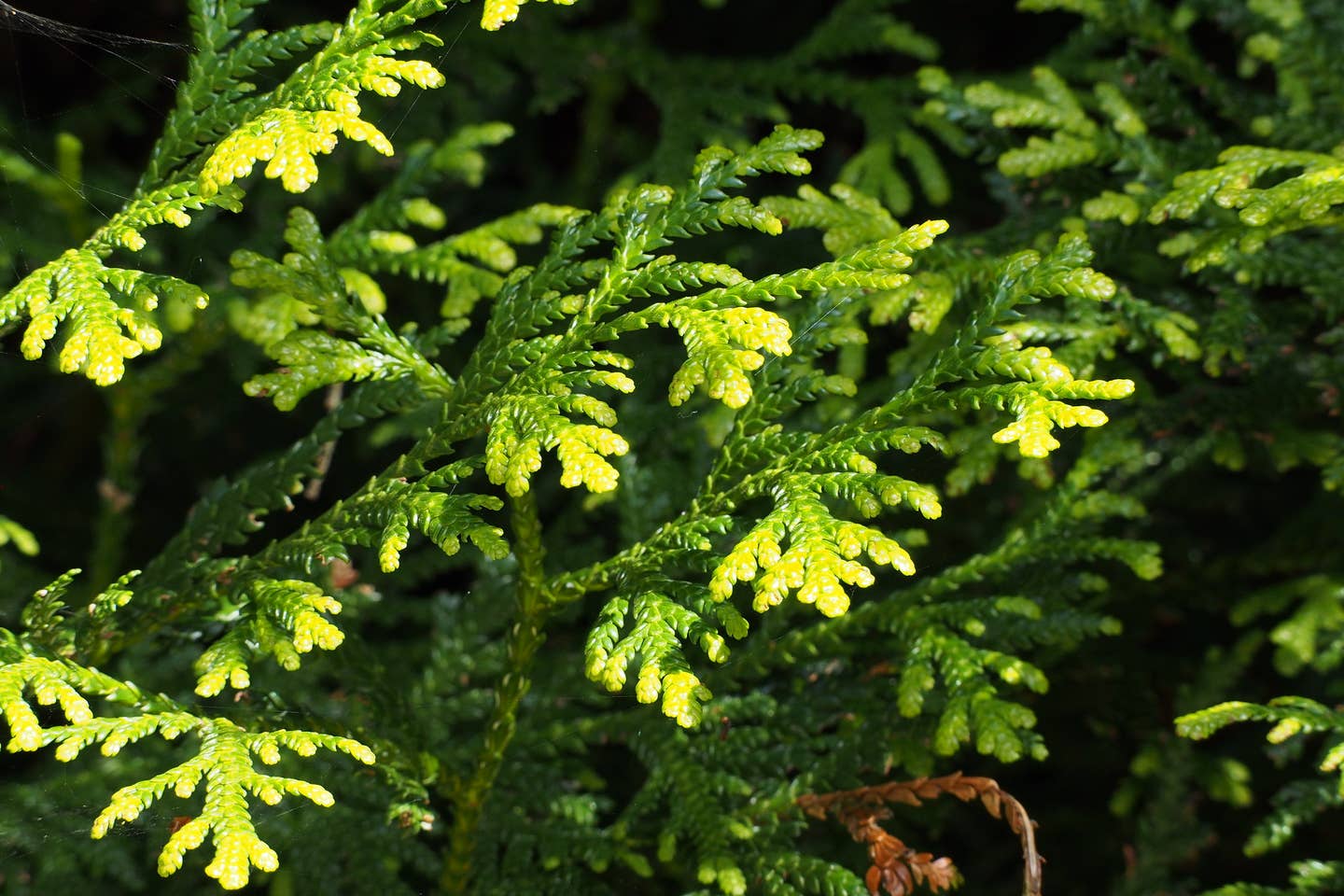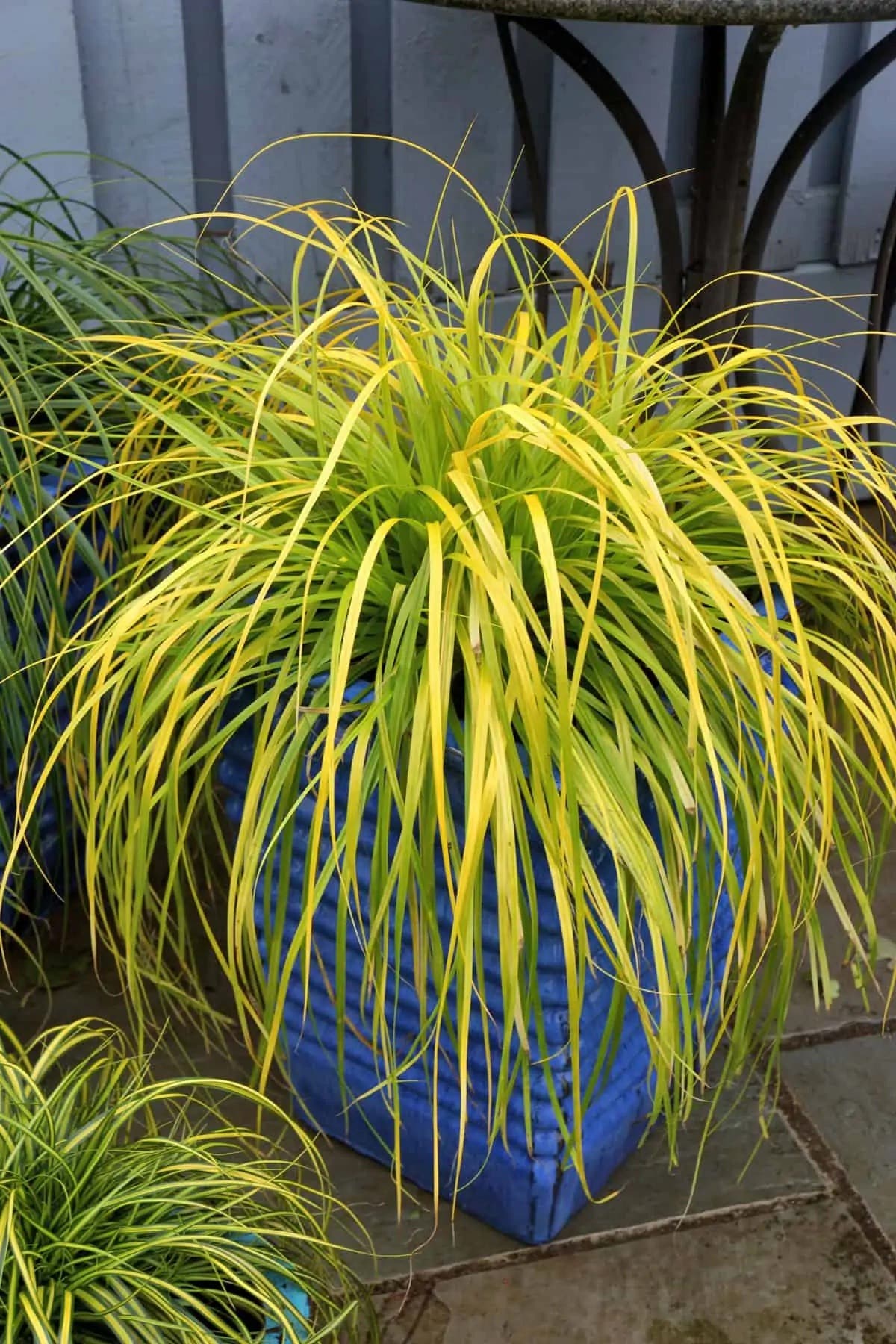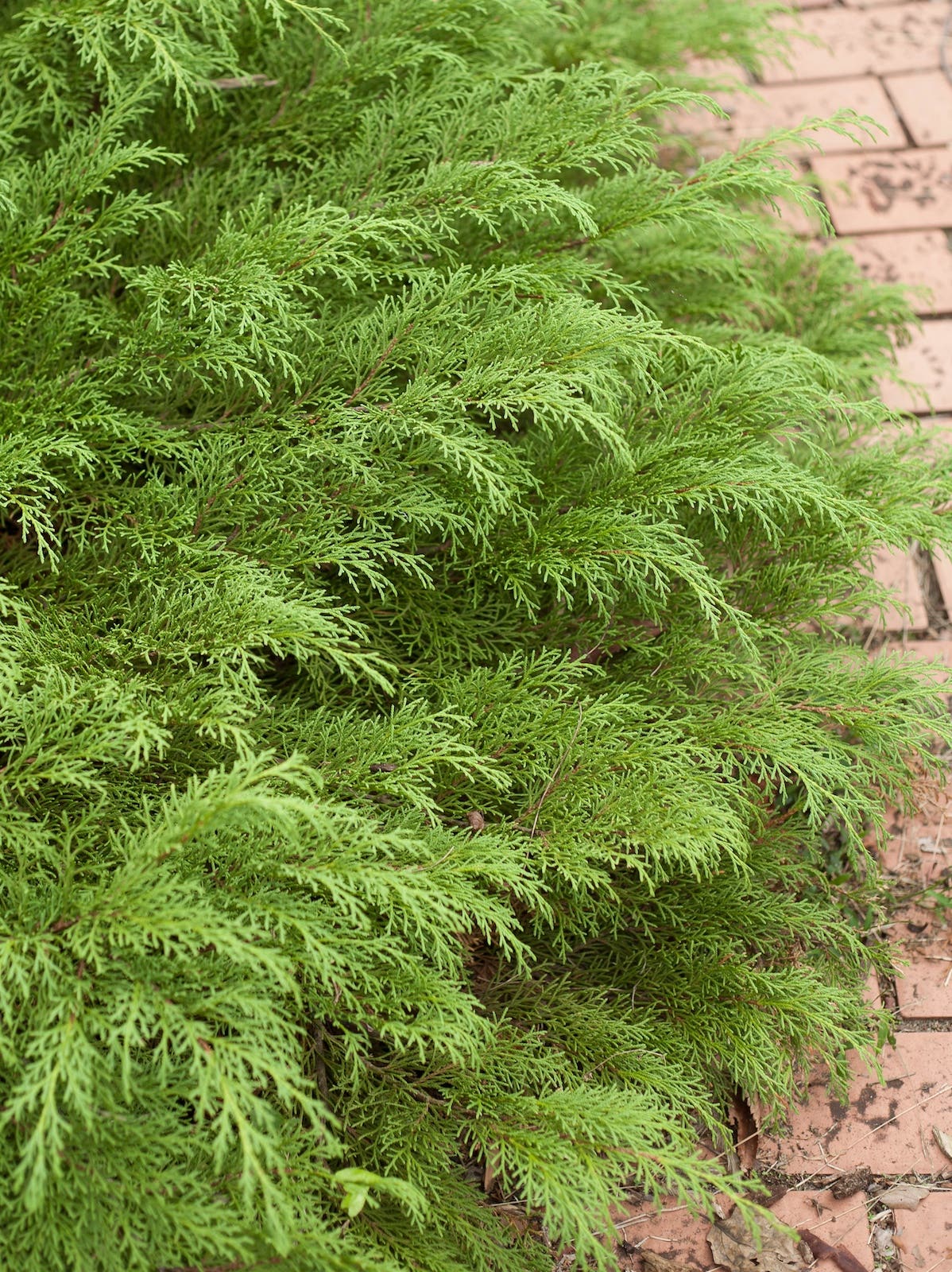As an Amazon affiliate, we earn from qualifying purchases made through affiliate links.
Warm spells in winter can cause the soil to briefly thaw and send a signal to flower bulbs that it's time to wake up and grow. When the weather inevitably turns wintery again, the cold air and re-freezing soil can damage the bulbs' growth, making them unlikely or unable to bloom once spring truly arrives.
To prevent winter warm spells from waking your flower bulbs early, cover their planting sites with a loose mulch once the ground has frozen solid. This will insulate the earth, keeping it a more uniform temperature throughout winter, regardless of what the weather is doing.
Come spring, you can either pull the mulch back or let the bulbs growth up through it, which they will do at the appropriate time.
Two of our favorite books for flower-bulb lovers:
A compelling and entertaining read, The Bulb Hunter tells of Chris Wiesinger's quest to find vintage, heirloom bulb varieties in abandoned or under-construction properties across the southern United States. The book also includes bulb-gardening advice from landscape horticulturist William Welch.
All you need to know for success with a wide range of bulbs can be found in The Complete Practical Handbook of Garden Bulbs by Kathy Brown. It covers everything from choosing bulbs that will be successful over the long term to using bulbs in containers to planning a seasonal sequence of blooms from bulbs.


